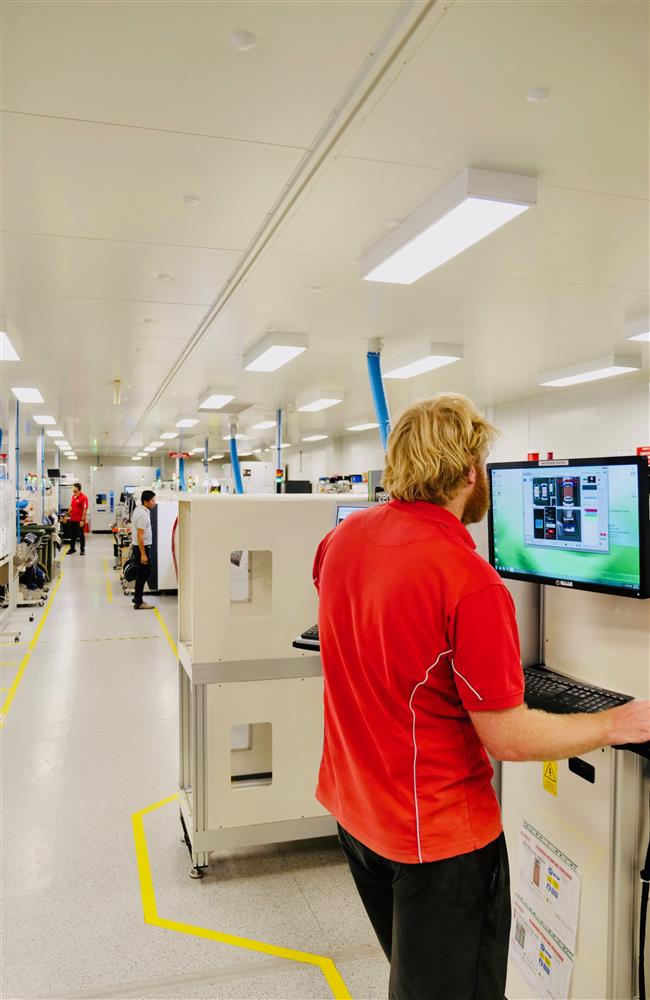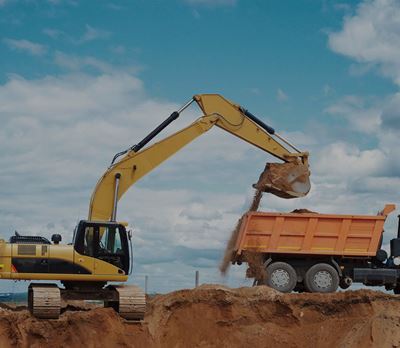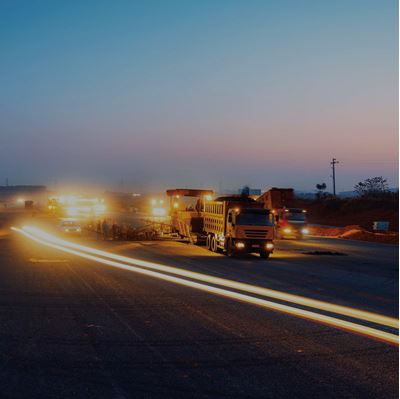It has become increasingly difficult to find a part of modern-day mining or processing where sensing technologies aren’t yet used. Today, the use of sensors is spread across light and heavy vehicles. Their capabilities have expanded along with the pace of technological developments such as the Internet of Things and GPS technology.
Hummingbird mining and industrial sales manager Scott Montgomery says mining companies are taking advantage of these capabilities by combining multiple sensing technologies to monitor several events concurrently. This has progressed from the past where sensors were widely used to monitor a specific function without being connected with other sensors and functions.
For example, when it comes to monitoring truck payloads, Hummingbird sensors are placed across different axles to measure the weight distribution independently. This means an operator can tell if the load is heavier toward to front of the vehicle or the back.
“A lot of our sensors are underpinned by driver behaviour. For example, they’re created to help minimise the effect of operator mistakes such as speeding, excessive braking, acceleration, cornering and even sudden impact,” Hummingbird engineer Emanuel Calligeros says.
When it comes to tilt measurement, Hummingbird’s inclinometers display measurements on a screen in the cabin, while their tilt switches are installed on the vehicle. These tilt switches can sense whether the vehicle has reached a pre-determined angle and trigger an alarm that alerts the operator sitting in the cabin. This allows them to take a corrective action before they’re in danger of the vehicle or machine rolling over.
The Hummingbird team has also flagged an increase in incidents where a driver is unaware of a rear tipper being left in an elevated position before driving off. To handle these errors, Hummingbird combines its sensors to detect the vehicle’s speed and the rear tipper’s position, linking them to a voice output that warns the driver of the situation.
Bringing it all together is Hummingbird’s audio alert system, which can take up to 16 inputs from different sensors and create a unique voice command, simultaneously making the system feel “human” and alerting the operator to a range of dangers and cautions. This way, its voice cuts through the constant buzzes that operators hear and must interpret quickly.
“Our sensor technology can be integrated into our customers’ systems, by which they can then analyse the data to improve either safety or productivity outcomes,” Calligeros adds.
One such collaboration with Teletrac Navman leads to the development of an Electronic Distance Recorder (EDR2), a solution designed for the heavy truck industry in New Zealand. The EDR2 is developed to accurately record road user chargers on independent heavy trailers.
“The EDR2 innovation uses GPS technologies and measure the truck or trailer’s wheel rotation to track their location and measure their distance travelled,” Montgomery says.
“Tracking the trailer location independently of the prime mover is important as they can be separated from the prime mover and left in different locations.”
Despite the innovative use of sensors, Hummingbird’s Montgomery says there are some models available today that barely meet the latest International Organisation for Standardisation (ISO) standards. This has driven Hummingbird to work with its manufacturing partners to create sensors that meet the most stringent benchmarks.

Hummingbird manufactures, tests, and validates its Australian made sensors in its South Australian facility.
“There are emerging technologies that say they can improve safety and productivity, yet we hear a lot from companies that are still striving to strike the right level of safety and productivity that they actually need,” Montgomery says.
“We get a lot of queries from mining companies wanting a certain function out of a machine that’s not available as an original equipment manufacturer (OEM) standard. So, we deliver sensing and monitoring solutions that meet the needs of our customers. After all, we’re committed to support mine operations using our expertise in sensing technologies.”








